Lara Schenck
Lover of programming, maker of monsters
Category: 🧊 Frozen
This content probably won’t be touched again, and I’m keeping it around for historical purposes. I might feel embarrassed about it or disagree with it now, but at the time it was published, I felt it important to share.
-
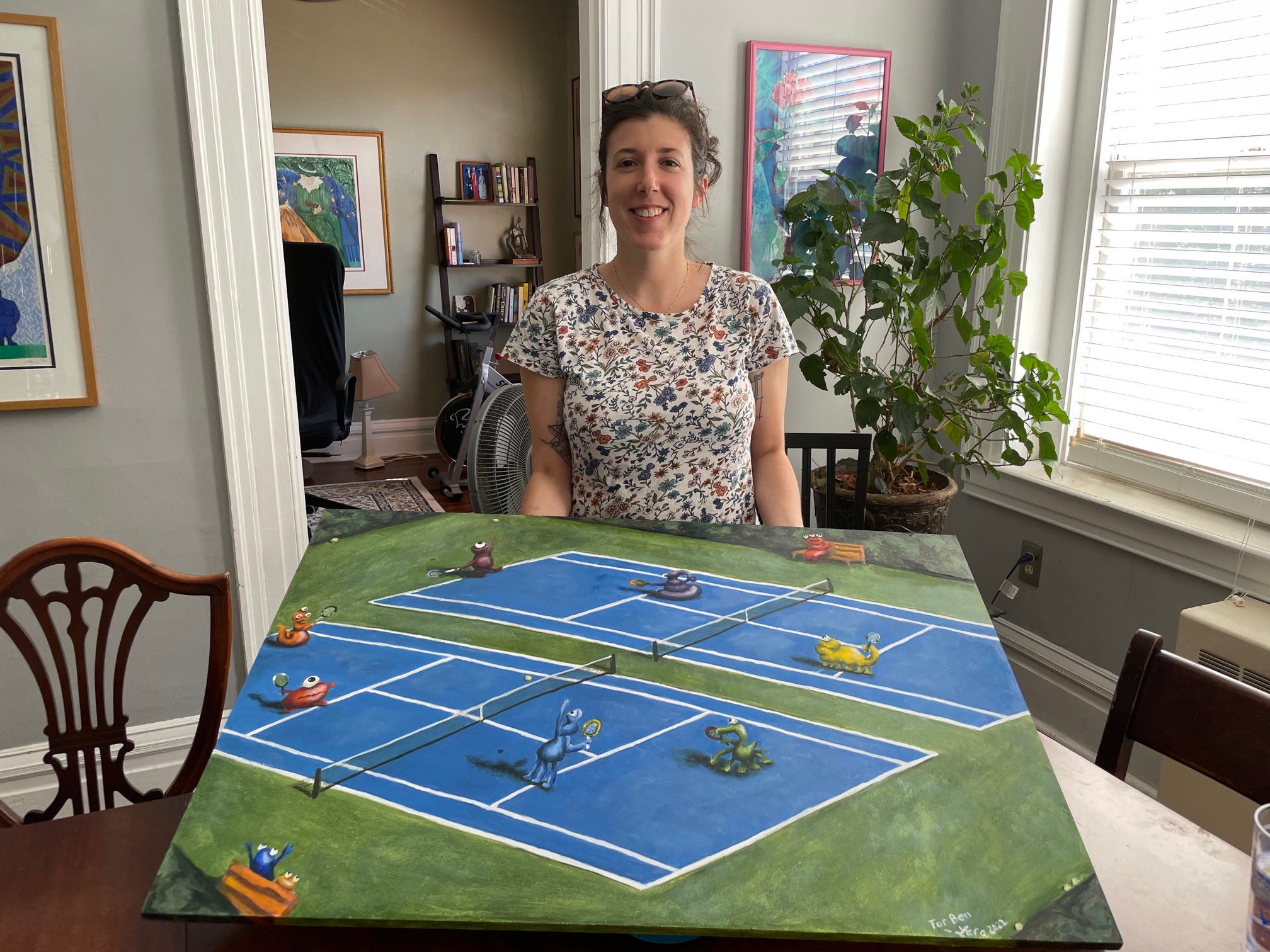
Updates and Think-Alouds: June 14 – August 16, 2022
We moved to Atlanta! Also, updates on productivity systems, starting on research, Canada, and meditation.
-
Experimenting with logical equivalence in JavaScript
Having fun with recursion, pattern matching, and logical equivalence.
-
Idea: Desugared Design Systems
I learned about the concept of desugaring from a lecture on programming languages, and I wonder how that would apply to design systems.
-
Let’s play: “Where is this CSS coming from?”
It’s a 1+ player game that can last from 1 hour to, um, much longer!
-

.a-pull: A CSS algorithm for pulling one box outside another
Here’s a quick write up about a CSS algorithm we just created at PMC! It seems like it will be useful in future projects, and we now have a programmatic term to use to refer to this kind of UI design pattern.
-
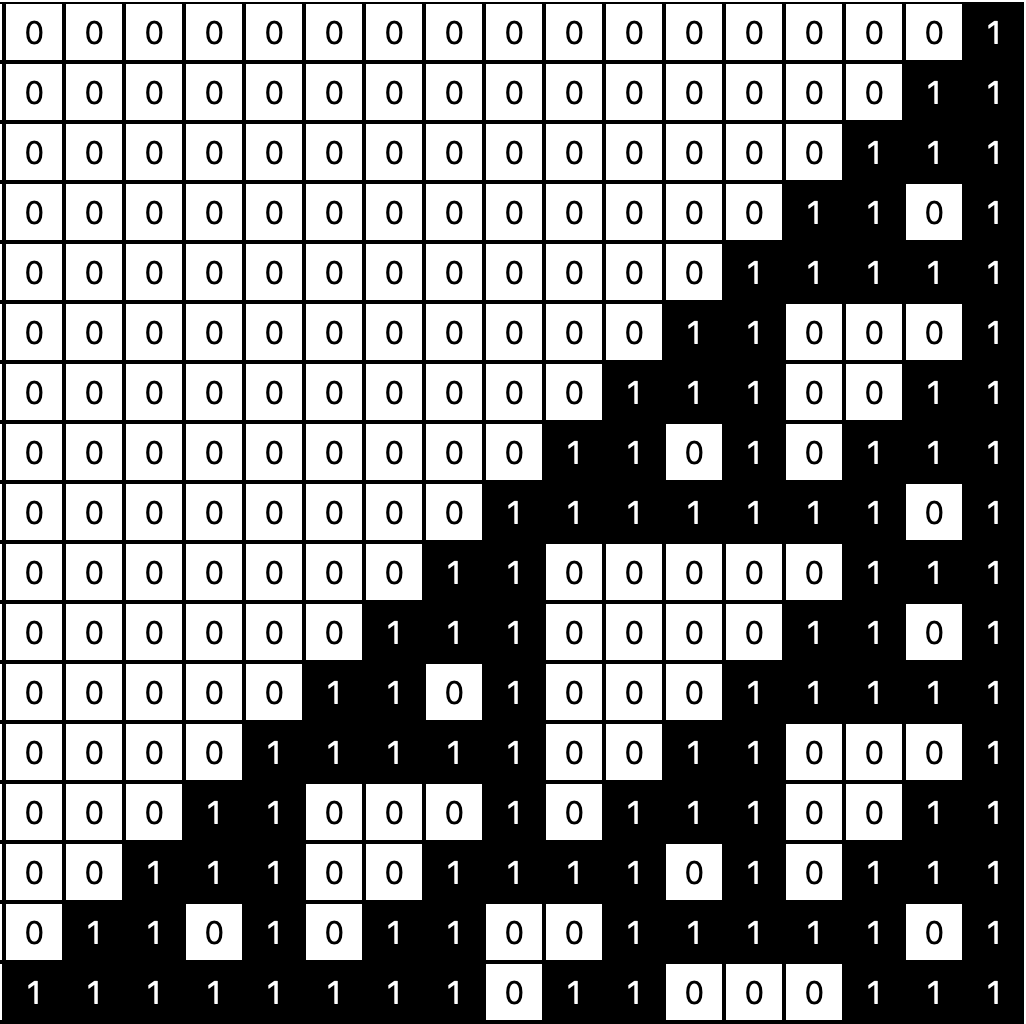
Is CSS Turing Complete?
I took a deep dive into this question, and the answer is: kinda, mostly, yeah! CSS + HTML + user input is Turing complete. Is it possible to remove the user input part? Then I can re-title this post to be more, ahem, declarative.
-
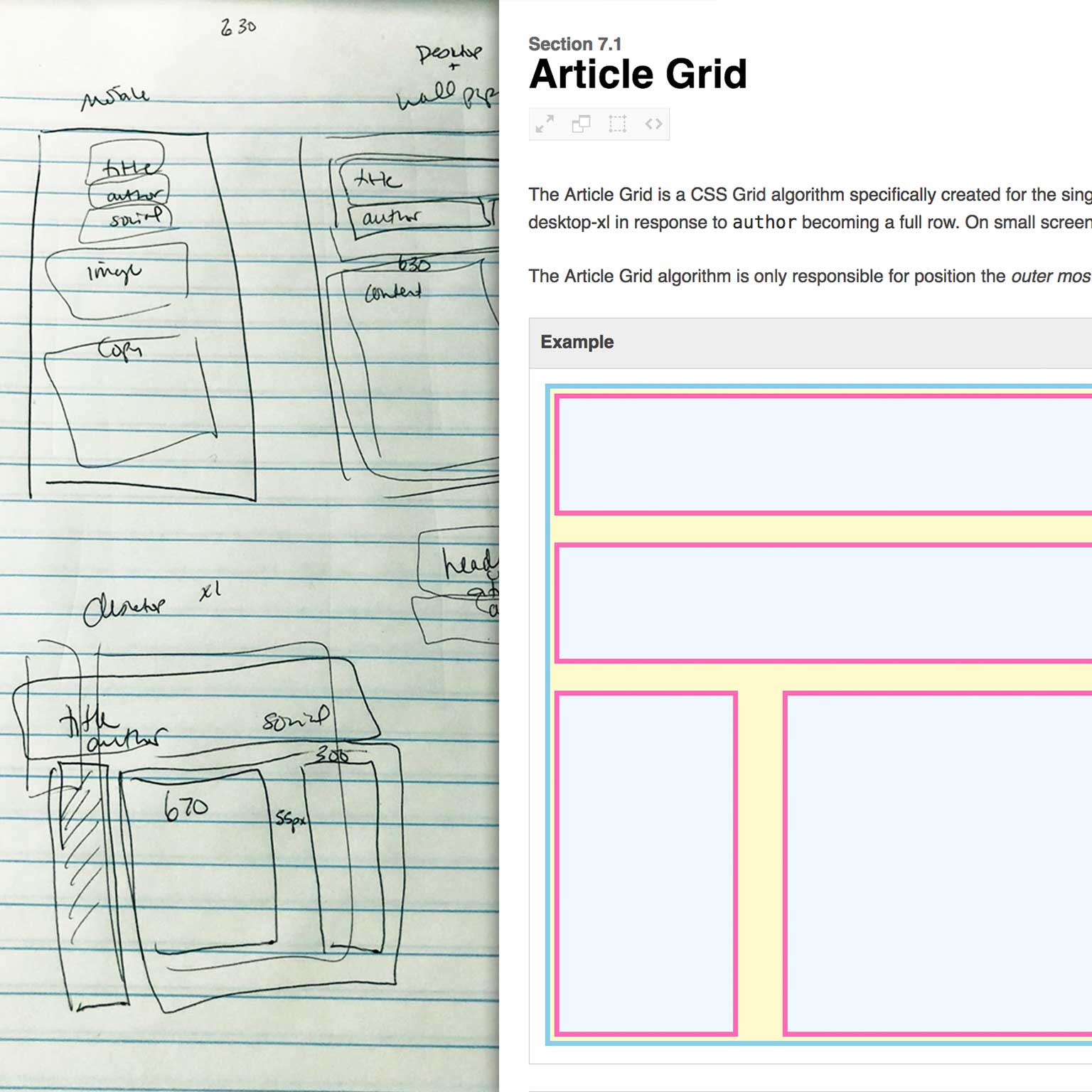
Writing CSS Algorithms
The methods for white-boarding algorithm questions serve us quite well when writing CSS algorithms. This post is a written portion of the second half of version 1 of the Algorithms of CSS.
-
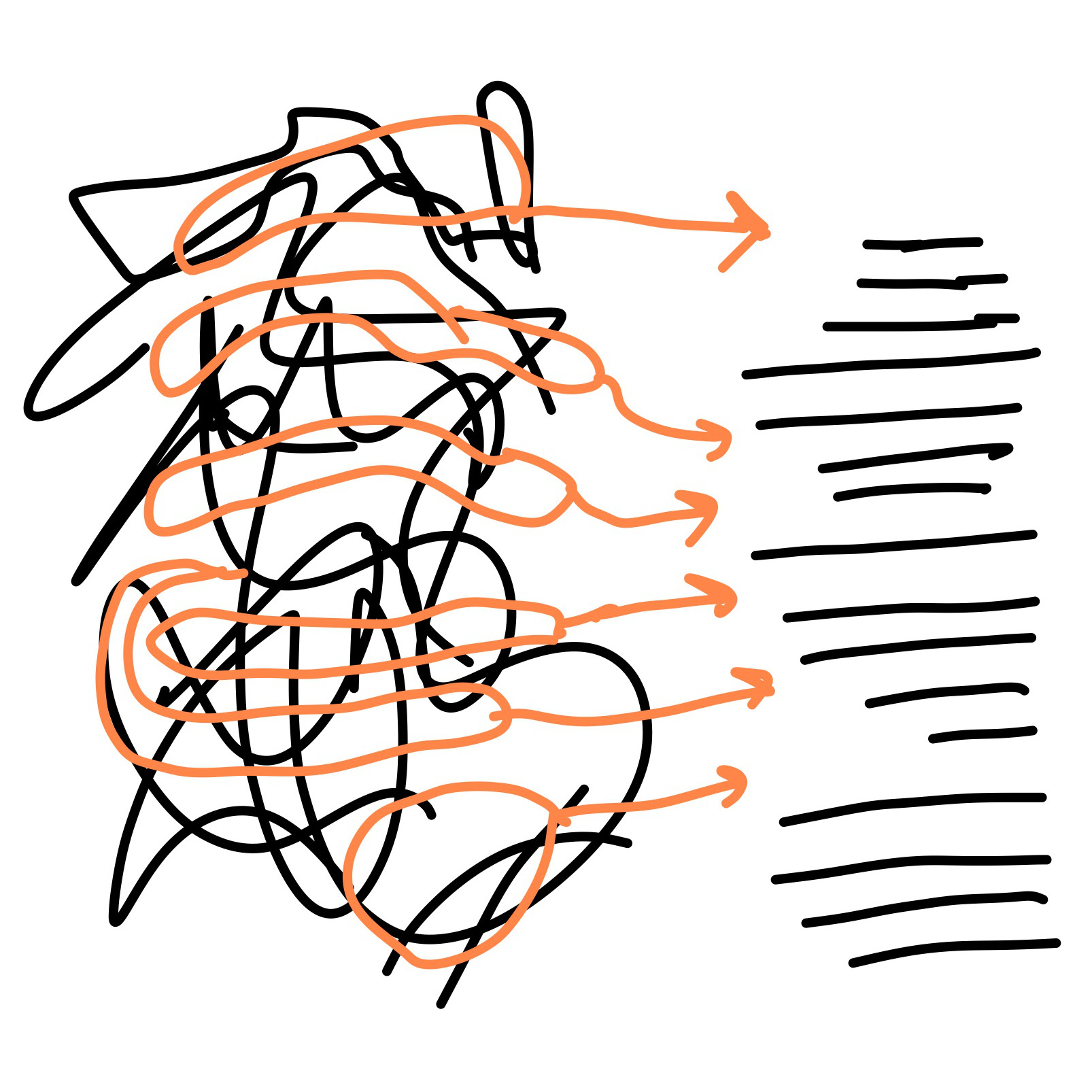
Designgineering Chronicles [WiH]: The Third Month
It’s time for the third installment of Designgineering Chronicles! This one is a long one and written in major haste, so buckle up. Lots of good things about job titles, CSS standards, JavaScript, perfectionism, and the joys of refactoring.
-

CSS is a Declarative, Domain-Specific Programming Language
Over the past year, I’ve been giving a talk called The Algorithms of CSS, originally created for CSSConf EU. This post covers the first part of my presentation, and breaks down how CSS fits into the categories of programming languages.
-

Browser Mechanics In My Own Words, Part 1: Decode Bytes to Unicode Code Points
This is the first in a potentially long series about browser mechanics, in my own words. Read on to learn about one of the first steps a browser takes: decoding bytes to Unicode code points.
-
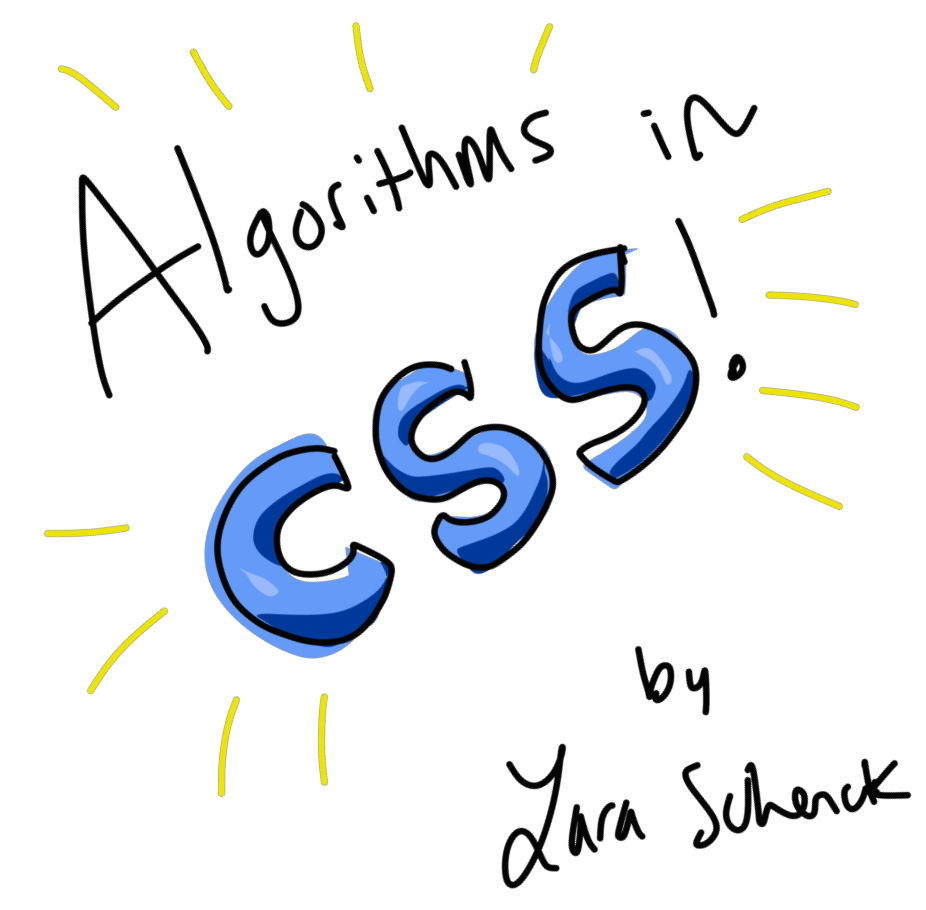
CSS Algorithms: Changelog and Sources
Is CSS a programming language? What is a “CSS algorithm”? Read on to answer these questions, and to learn how CSS fits into the world of programming and computer science.
-
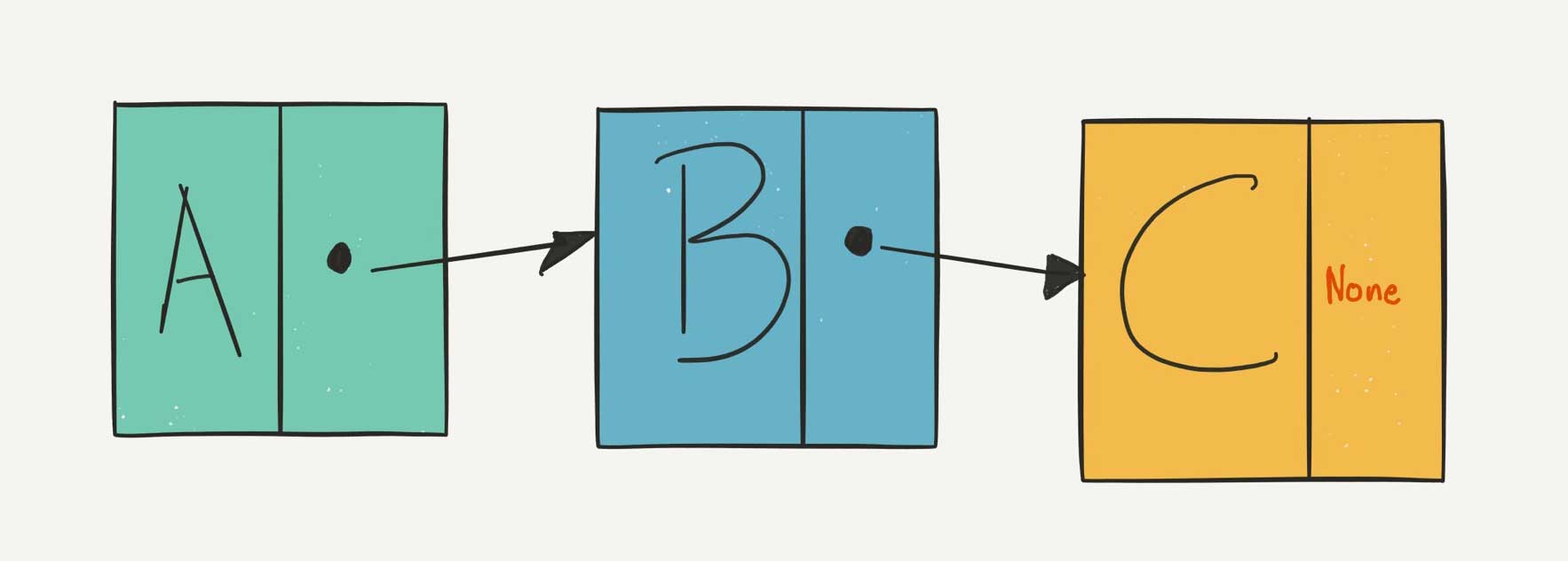
Day 1: Data Structures – Linked Lists
Linked lists are very similar to arrays in that they are a one-dimensional list of elements. Unlike arrays, however, in a linked list, you cannot just jump to index 4, you have to walk through the list, starting with the “head”, or the first element in the list, and work your way through to the…
